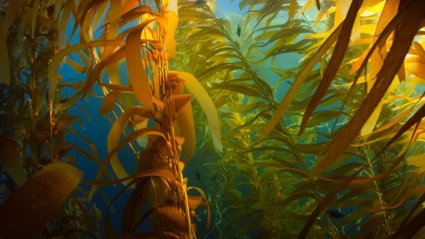
Lesson one: Case study
Investigating Quality of Life Issues in a Liminal Zone
Key questions
What is the quality of life for people living in the coastal zone of the Sangihe Archipelago?
How can we read photographs?
How can we reduce bias from our conclusions?
Background
In the Sangihe Archipelago of Indonesia many village communities are in a state of flux, experiencing declining standards of living. Despite their relative proximity to each other and to the provincial capital, villagers feel remote, pointing to multiple constraints upon their capacity to develop sustainable livelihoods:
-
Disempowerment due to physical distance
-
A relationship between proximity to politicians and distribution of services and investment
-
Perceptions of socio-cultural differences between their village and the next
-
Ethnic marginalization
-
The geography of their immediate land and marine environs
-
Changes in regional environmental and climatic conditions that are not universally understood
The communities are, however, at the heart of climate change. The Hugging the Coast team could not paddle certain stretches due to changes in the monsoon patterns.
An understanding of the changes over time comes from lesson two when an interview is looked at in depth. This lesson aims to capture a snapshot of liminal living through the photos, maps and video that the researchers collected. It looks to answer the question, what is the quality of life for people living in the coastal zone of the Sangihe Archipelago?
Due to smartphones, social networking and the internet rich media is a part of our everyday life, often, as proven by tropical storm ‘Sandy’, in real time. However, how do we make best use of those images? How do we ensure our conclusions are as free from personal bias as possible?
Resources
Starter
Using the powerpoint entitled Starter - Odd One Out students are shown a series of three images and asked the question, which is the odd one out and why? You could have the first set of images up on the board as students come in.
There is no definite right answer, but some of the themes that could be teased out are covered below.
The aim of the activity is to start students reading the images and going beyond the obvious. For this activity to work best it is worth putting the students into pairs with someone of a similar ability.
Set one: happy vs not happy, working vs at play, younger vs older people, protecting themselves against the weather vs not, being helped vs doing things with others, similarities vs differences to our way of life etc.
Set two: clean vs dirty, home vs not, coast vs inland, similarities vs differences to our way of life etc.
Students are given, on paper (ideally A3), ONE of the images in the second powerpoint, entitled Starter - Image Interrogation. They have just three minutes to note down as much as they can about the image. They then swap with a partner and see if they can add anything further to the image; if you want to run a little competition at this point then the winner is the person who can add the most amount of information to his partner’s image. The numbers on the slides go from easier (one) to harder (four).
By now students should be able to interrogate images well. You could use a quick Assessment For Learning technique at this point (Red/Amber/Green) on image interrogation in order to determine groups for the next activity.
Main Activity
Students are given a set of images/videos/information sheets (Making Money sheet, or The Environment sheet), a copy of the compass rose and one of the slides from the powerpoint Main – Characters (PPT) which again go from easier (one) to harder (three).
Students should first, as a group, watch Mind Map.
As a class they should then discuss what they can learn from the images, using the key questions that accompany each set of images as their central idea. They should then, again as a group, write the answer to their question PRETENDING TO BE THE CHARACTER on the key questions page. The compass rose page is to help them structure their thoughts.
To help ensure that each student does the same amount of work and that there are no ‘hiders’, use groups of four and giving each person in the group one ‘point’ of the compass rose to write about. The four sections can then be put together for the finished pen portrait.
Completed pen portraits are put around the room; students then circulate, reading the various answers and ticking the answer they feel is the highest level (students can only vote once and cannot vote for their own group’s answer).
Resource sets:
-
Making Money: What do you think the stages of seaweed farming are? What do you think the advantages and disadvantages of seaweed farming for me are compared to other types of employment? How do you think being a seaweed farmer effects my Quality of Life? What is your evidence
-
The Environment: What is the environment in this area like? Do you like my environment? Why/why not? To what extent does the environment impact on my Quality of Life? What is your evidence
Plenary
Class discussion on the following three questions:
-
Which was the most useful resource and why?
-
What are the difficulties of trying to determine Quality of Life?
-
What preconceptions did you have of Indonesia and were any challenged?
Extension
Difficult question for students to reflect on and answer (it will add depth to their homework):
Are the villagers in control of their Quality of Life (are they empowered or disempowered)? Why do you say this?
Homework
What is the Quality of Life found on the Sangihe Archipelago and give three ways it could be improved? Explain your answer.
